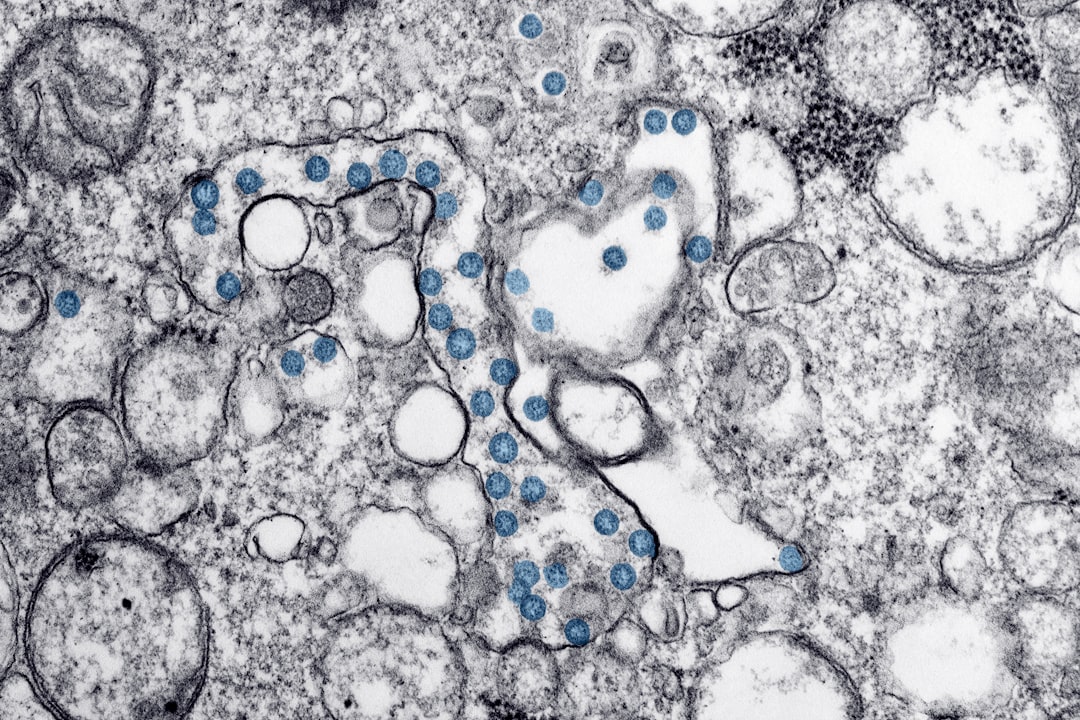What is it about?
Surface and air temperatures are measured just two meters apart, so it might seem that they carry the same information. Here we show that these temperature measurements respond rather differently to whether the surface evaporates or not.
Featured Image

Photo by David Papillon on Unsplash
Why is it important?
These findings appear important to be considered when using, analyzing, or interpreting temperature data in studies dealing with climate change, hydrology, or land‐atmosphere interactions.
Perspectives
This study presents a new methodology of using diurnal evolution of temperatures in response to solar radiation for understanding evaporative conditions and boundary layer processes. The study is significant to understand land-atmosphere interaction using observations and a simple physical boundary layer model.
Annu Panwar
Max-Planck-Gesellschaft zur Forderung der Wissenschaften
Read the Original
This page is a summary of: Do surface and air temperatures contain similar imprints of evaporative conditions?, Geophysical Research Letters, March 2019, American Geophysical Union (AGU),
DOI: 10.1029/2019gl082248.
You can read the full text:
Resources
Contributors
The following have contributed to this page










